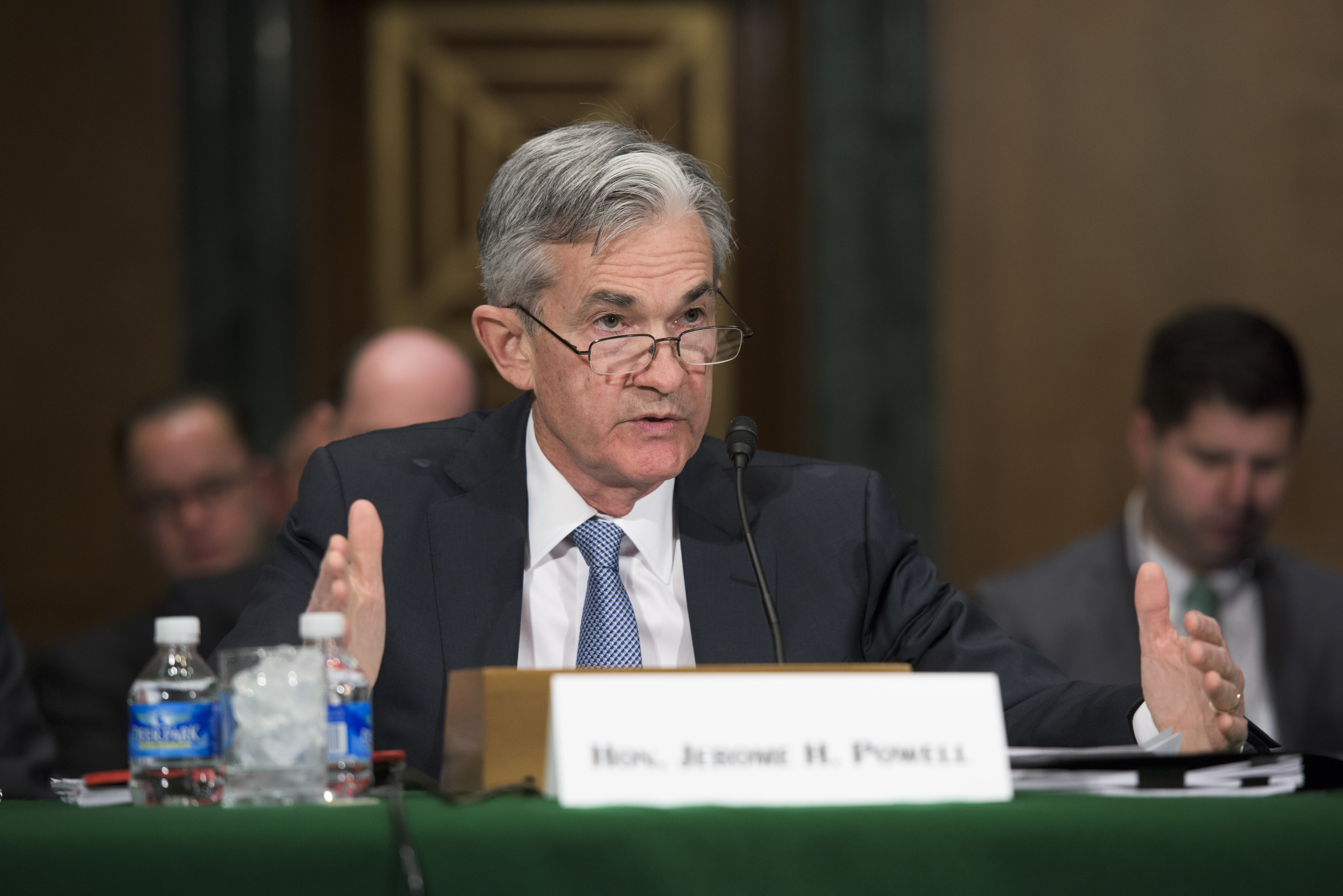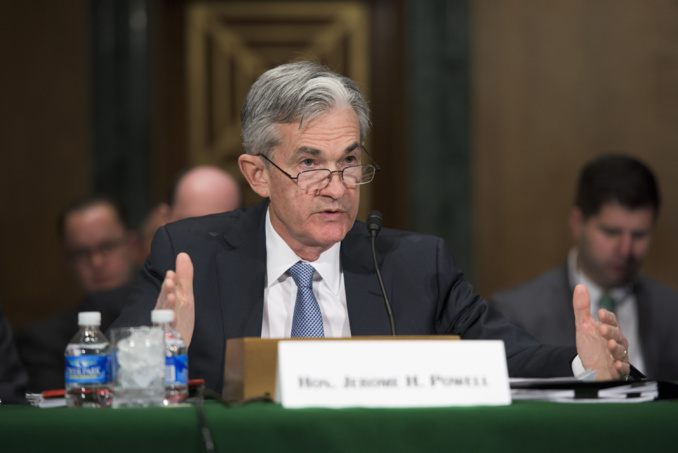The US Federal Open Market Committee refrained from lowering the rate, keeping it at the same level of 1.5-1.75%. At the same time, the rate on excess reserves increased from 1.55% to 1.6%. Recall that from the end of 2008 to December 2015, the United States, as part of the fight against post-crisis recession, had a record low key rate of 0-0.25% per annum. Then, for three years, the Fed has been raising it smoothly, bringing it to the level of 2.25–2.5%. In July 2019, citing a slowdown in economic activity in the United States amid external risks and a slow growth in inflation, the regulator lowered the rate by 0.25%, repeating this decision in September and October. In December, the Fed signaled that it had completed a softening period.
This time, in a statement, the regulator noted the good state of the labor market and only a moderate increase in economic activity, while pointing to weakening dynamics in investment and export.
Current monetary policy will contribute to further growth in business activity, improving the situation on the labor market and maintaining inflation at about 2%. At the same time, the Fed again pointed out the need to monitor the state of the global economy (in December, the regulator refused the phrase about maintaining the forecast uncertainty).
Market participants are waiting for a possible rate cut this year, but not at the next meetings.
Recall that in December, the Fed, according to the updated point schedule, predicted that the current rate would remain until 2021. At the same time, according to the forecast of the regulator, the growth is expected to reach 2% in 2020 (against 2.2% in 2019). Inflation, minus energy and food prices, is expected to grow by 1.9% (against 1.6% last year); in November the value of consumer price growth was 1.6%.
Note that the growth rate of US GDP in the third quarter of 2019 amounted to 1.9% against 2% in the second (statistics for the fourth quarter have not yet been published). At the same time, consumption growth slowed down from 4.6% to 2.9%, the decline in investment increased (from 1% to 3%). Demand for capital goods in December rose by 2.4% by November, but minus the “defense industry”, which showed an increase of 70% by November, the indicator actually fell by 2.5% - this, in particular, was a reflection of Boeing’s problems with new orders. But even without them, the decline was 0.9%.
source: cnbc.com
This time, in a statement, the regulator noted the good state of the labor market and only a moderate increase in economic activity, while pointing to weakening dynamics in investment and export.
Current monetary policy will contribute to further growth in business activity, improving the situation on the labor market and maintaining inflation at about 2%. At the same time, the Fed again pointed out the need to monitor the state of the global economy (in December, the regulator refused the phrase about maintaining the forecast uncertainty).
Market participants are waiting for a possible rate cut this year, but not at the next meetings.
Recall that in December, the Fed, according to the updated point schedule, predicted that the current rate would remain until 2021. At the same time, according to the forecast of the regulator, the growth is expected to reach 2% in 2020 (against 2.2% in 2019). Inflation, minus energy and food prices, is expected to grow by 1.9% (against 1.6% last year); in November the value of consumer price growth was 1.6%.
Note that the growth rate of US GDP in the third quarter of 2019 amounted to 1.9% against 2% in the second (statistics for the fourth quarter have not yet been published). At the same time, consumption growth slowed down from 4.6% to 2.9%, the decline in investment increased (from 1% to 3%). Demand for capital goods in December rose by 2.4% by November, but minus the “defense industry”, which showed an increase of 70% by November, the indicator actually fell by 2.5% - this, in particular, was a reflection of Boeing’s problems with new orders. But even without them, the decline was 0.9%.
source: cnbc.com



















